|
|
| |
| Padma Perfumery Works Replenish your senses! |
| Rose Incense |
White Musk Incense |
Al Oudh Incense |
Sheik Al Arab Blue |
Jasmine Incense |
|
|
|
|
|
 |
 |
 |
 |
 |
|
|
|
Coriander
Indian curries, Thai soups, Vietnamese salads or Mexican burritos - all these recipes owe their inherent flavor to a common herb- "Coriander". With coriander sprigs easily available in supermarkets and roadside bazaars, it is equally favorell.

Celebrity chefs use it as a condiment or seasoning atop their exotic recipes, wheres housewives use coriander seeds, powder and paste to enhance taste and flavor of everyday dishes.
With wide use in Middle Eastern, Central Asian, Chinese, Indian, South Asian, Mediterranean, Mexican, Texan, Latin American, African and Southeast Asian cuisines, coriander can be aptly considered as one of the world's favorite herbs today. In gourmet-loving Britain alone, sale of coriander surpasses many other traditional herbs such as parsley, basil, mint, rosemary and chive. To know more on coriander, read on:
Biological Information
Known by the binomial name of Coriandrum sativum, coriander is an annual herb belonging to the Apiaceae family. Morphologically, it is a soft, hairless plant that grows up to a height of around 50 centimeters. Leaves of the plant are non-uniform in shape, i.e. lobed at the base and slender on the flowering stems. Flowers grow in round tassels and are white to pale pink in color, whereas the fruit of the plant is a globular dry schizocarp with a diameter of around 3-5 mm.
- Scientific Classification
- Kingdom: Plantae
- (unranked): Angiosperms
- (unranked): Eudicots
- (unranked): Asterids
- Order: Apiales
- Family: Apiaceae
- Genus: Coriandrum
- Genus: Coriandrum
- Genus: Coriandrum
- Species: C. sativum.
Uses & Benefits of Coriander
The coriander plant as a whole is edible, but the fresh leaves and the dried seeds are the most common parts preferred for cooking. Besides, depending on culture and palate, culinary use of the plant vary. For instance, pungent and bitter roots and the stems of coriander are vital as taste and flavor enhancers of ethnic Thai cuisines, whereas they are disagreeable in British dishes, where only the leaves and fruits of the plant are incorporated for imparting fine flavor, aroma and visual appeal to the prepared food items. 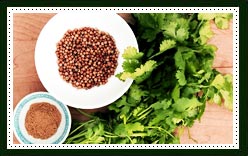 Besides flavor enhancing and aromatic properties, coriander having eleven components of essential oils, six types of acids (including ascorbic acid/vitamin C), minerals and vitamins, is also associated with certain heath benefits, which we have underlined below for the ease of our readers: Besides flavor enhancing and aromatic properties, coriander having eleven components of essential oils, six types of acids (including ascorbic acid/vitamin C), minerals and vitamins, is also associated with certain heath benefits, which we have underlined below for the ease of our readers:
Cineole and linoleic acid present in coriander are known for anti rheumatic and anti arthritic properties, which makes them suitable for controlling and curing swelling caused by rheumatism and arthritis.
Linoleic acid, oleic acid, palmitic acid, stearic acid and ascorbic acid present in coriander help in regulating cholesterol level in the body.
Coriander also contains various components of essential oils such as borneol and linalool that help control diarrhea.
Rich in iron, coriander also helps in strengthening the immune system and treating iron deficiency disorders such as anemia. Its excellent appetizing properties also aids in effective secretion of enzymes and digestive juices in the stomach.
The herb is also helpful in treating problems like anorexia, menstrual cramps, conjunctivitis, and fungal infections of the skin.
Citronelol in coriander identified for antiseptic and anti microbial properties is helpful in healing oral ulcers and wounds.
Coriander also acts as an expectorant, and protects the liver. Last but not the least, it acts as a natural aphrodisiac and in combination with other herbs, improves libido. |
|
|


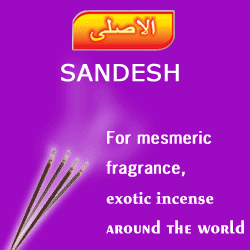
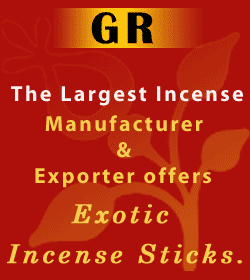
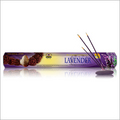
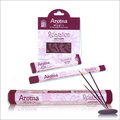
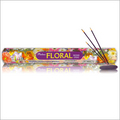
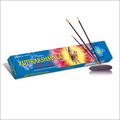
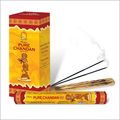

 Besides flavor enhancing and aromatic properties, coriander having eleven components of essential oils, six types of acids (including ascorbic acid/vitamin C), minerals and vitamins, is also associated with certain heath benefits, which we have underlined below for the ease of our readers:
Besides flavor enhancing and aromatic properties, coriander having eleven components of essential oils, six types of acids (including ascorbic acid/vitamin C), minerals and vitamins, is also associated with certain heath benefits, which we have underlined below for the ease of our readers: